The Serapeum in Saqqara, Egypt is a network of underground tunnels that contains at least 24 very large stone boxes. Rational explanations have been proposed regarding the mysteries of their manufacture and transport, the reported 'precision' has been debunked, but the question still remains: What were these huge boxes actually for? Most of them weigh upwards of 40 tons, the largest are 7 ½' wide, 11' tall and 13' deep and, with the exception of the limestone model, all of the others are made from granitic rock. The internal chambers of these boxes are mostly free of faults (and sometimes highly polished) whereas the exteriors can be pockmarked with divots, cracks and entire areas where large flakes have been broken off and smoothed away.
Claims that they were for the burial of ceremonial Apis bulls have never been supported by any physical evidence and Auguste Mariette's account of the Serapeum's discovery only mentions bull bones being found in a wooden box in a nearby corridor - not inside any of the stone boxes. Rather than ceremonial, ornate or highly decorative, they have a distinctly industrial 'boiler plate' design and with lids that can weigh 20 tons, walls that are sometimes 12” thick and cavities large enough to house four mummified bulls, they seem completely over-engineered for this task.
The kind of manufacturing specification found at the Serapeum would be required if these boxes were designed to survive a catastrophic event and ensure the preservation of whatever was placed inside. Challenging the historians' standard version of history tends to invite claims of believing in 'ancient aliens' or 'lost ancient high technology' but there's no need for either – just a different version of history, spread across a much longer timeline and punctuated with the cyclical catastrophic events that explain the usurpation of these ancient sites and artifacts again and again.
The large stone boxes (those set into the ground) may have been placed there first by another civilization for a different purpose. The plan was to fill these boxes with seeds, grain, fertilizer and anything else a devastated civilization would need to get itself back on its feet following a cyclical catastrophic event - because whoever built them knew the next one was on its way and knew the survivors would need something to start growing food with. The very hygienic internal faces would inhibit bacterial growth in cracks and prevent NORM emissions as the granitic rock slowly decayed. It's also possible that an air-tight seal could have been formed beneath the huge lids by adding a heavy grease or similar lubricant (which may have also assisted when sliding them on and off).
The cyclical catastrophic event occurs, time passes and the survivors come upon this underground network of tunnels and decide to repurpose it as a resting place for their Apis bulls. They bring in their own canopic jars, stele and other tomb memorabilia and may have also carved in the woeful 'glyphitti' found on the exteriors of the boxes (where someone did a dreadful job of trying to convince others they were Egyptian). This version of events is really not that difficult to entertain for an engineer as we're lazy by nature. Why go to the time and trouble of digging out a new underground structure when the bulk of the work had already been done and this existing network of tunnels required only a few extensions here and there? This is no different to the modern-day repurposing of an old mine to store hazardous waste etc.
If these massive artefacts were for long-term storage of survival essentials the implications are a little sobering, on two fronts. Firstly, nobody goes to the time and trouble of making these things and carving out a network of tunnels based only on a hunch. Whoever created the Serapeum didn’t just suspect a catastrophic event was on its way: They knew. Secondly, due to one niche being empty and the abandoned box and lids in the corridors (and another incomplete box in a lesser-known chamber) it looks like the Serapeum could be yet another example of the same thing that's found at ancient sites all over the world: Unfinished work; large-scale civil engineering projects that were nearly completed then mysteriously abandoned. War, famine, disease or even the advent of a new ruler (who saw no value in their completion) could explain these unfinished projects but it's also possible that, despite their undeniable manufacturing and transportation skills, the builders of the Serapeum may have simply started too late; or the catastrophic event came in early and they were caught out by the very thing that was the impetus for the creation of the site itself.


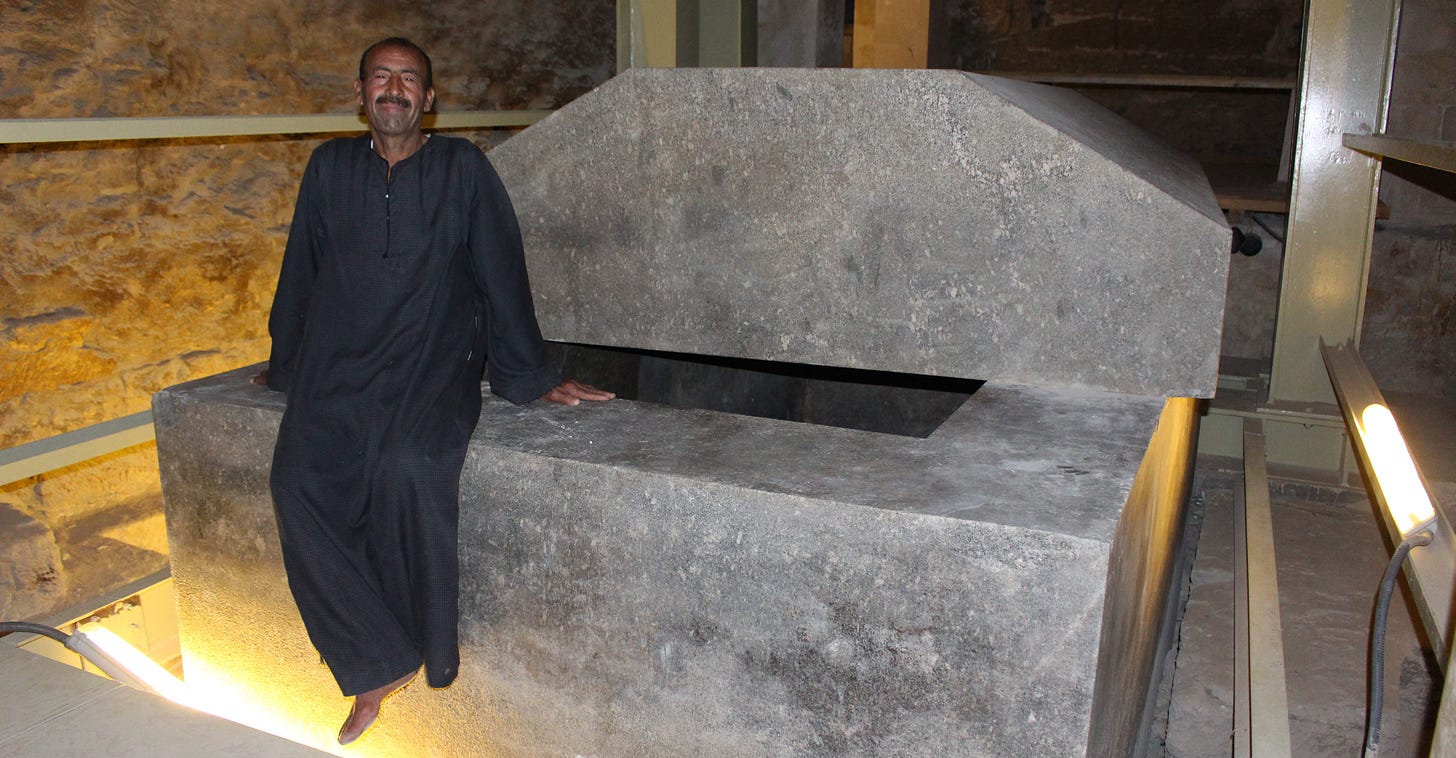
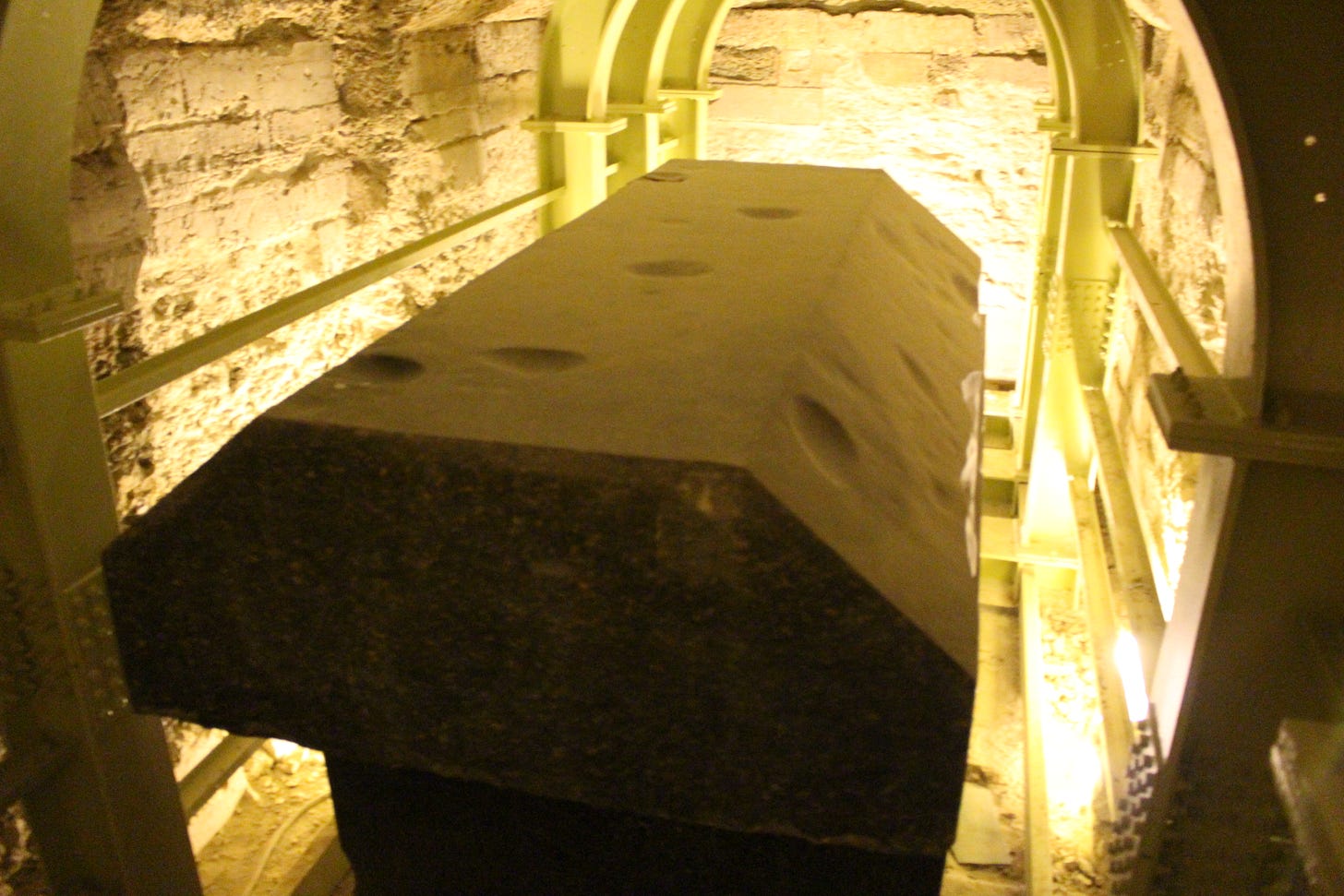
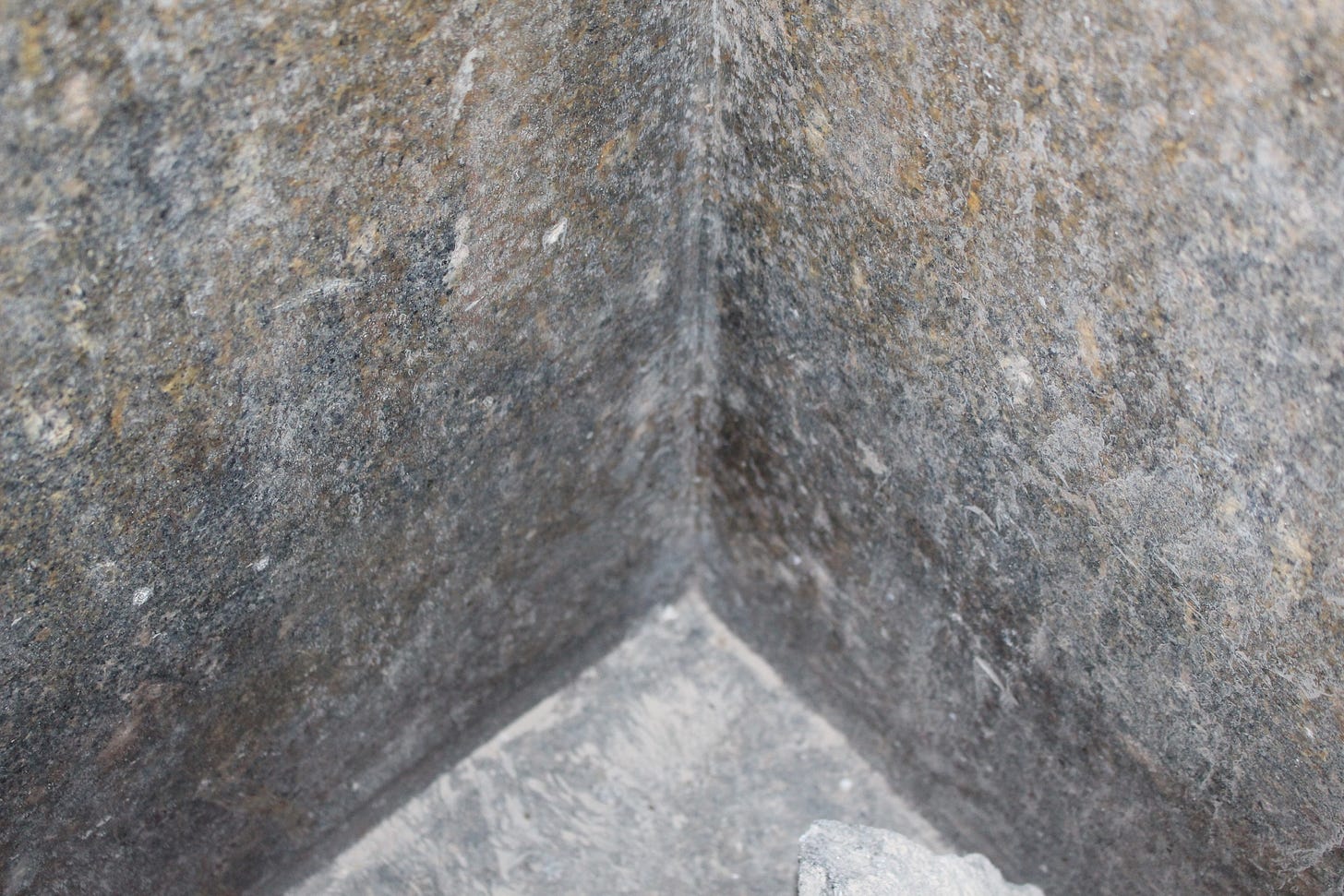
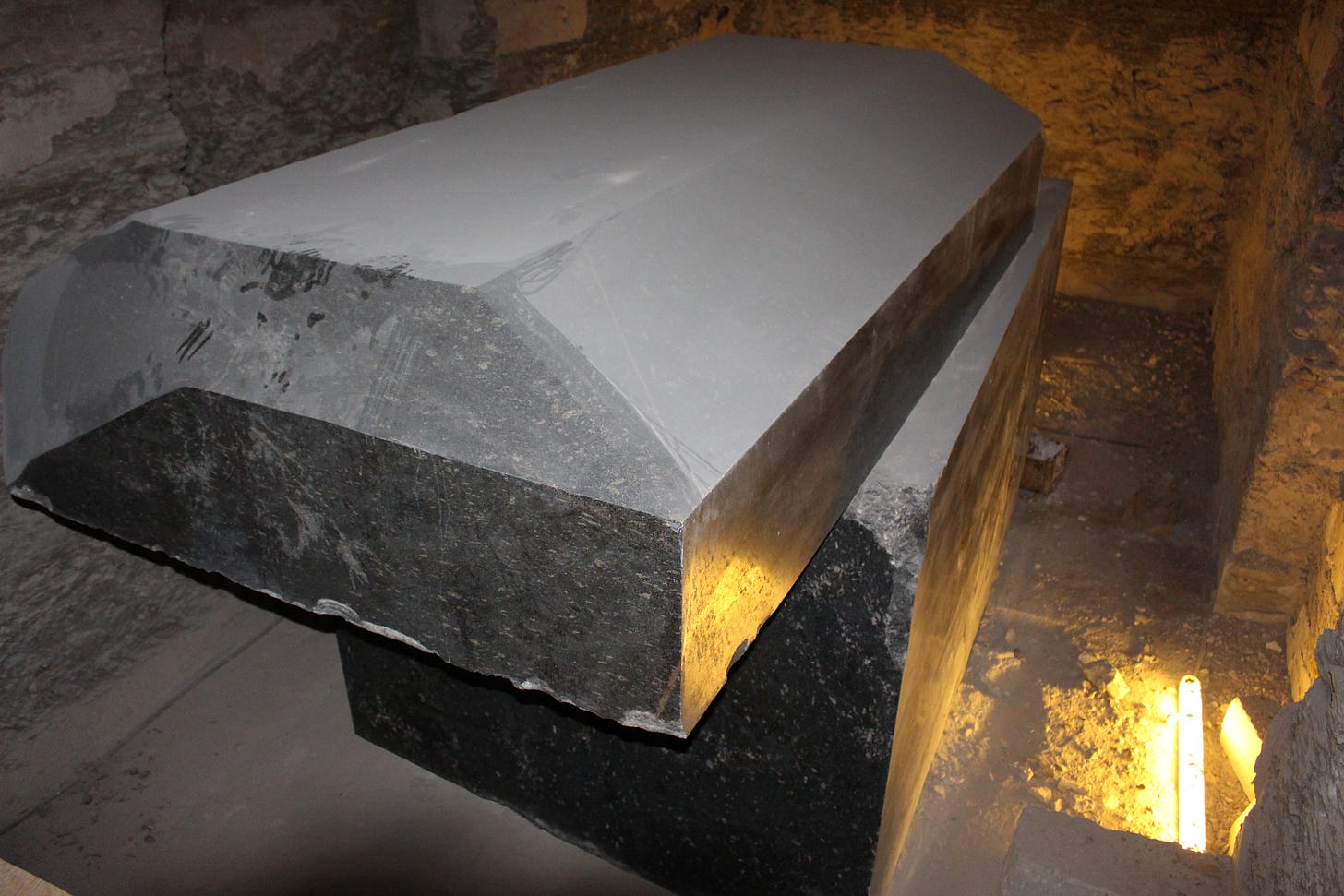
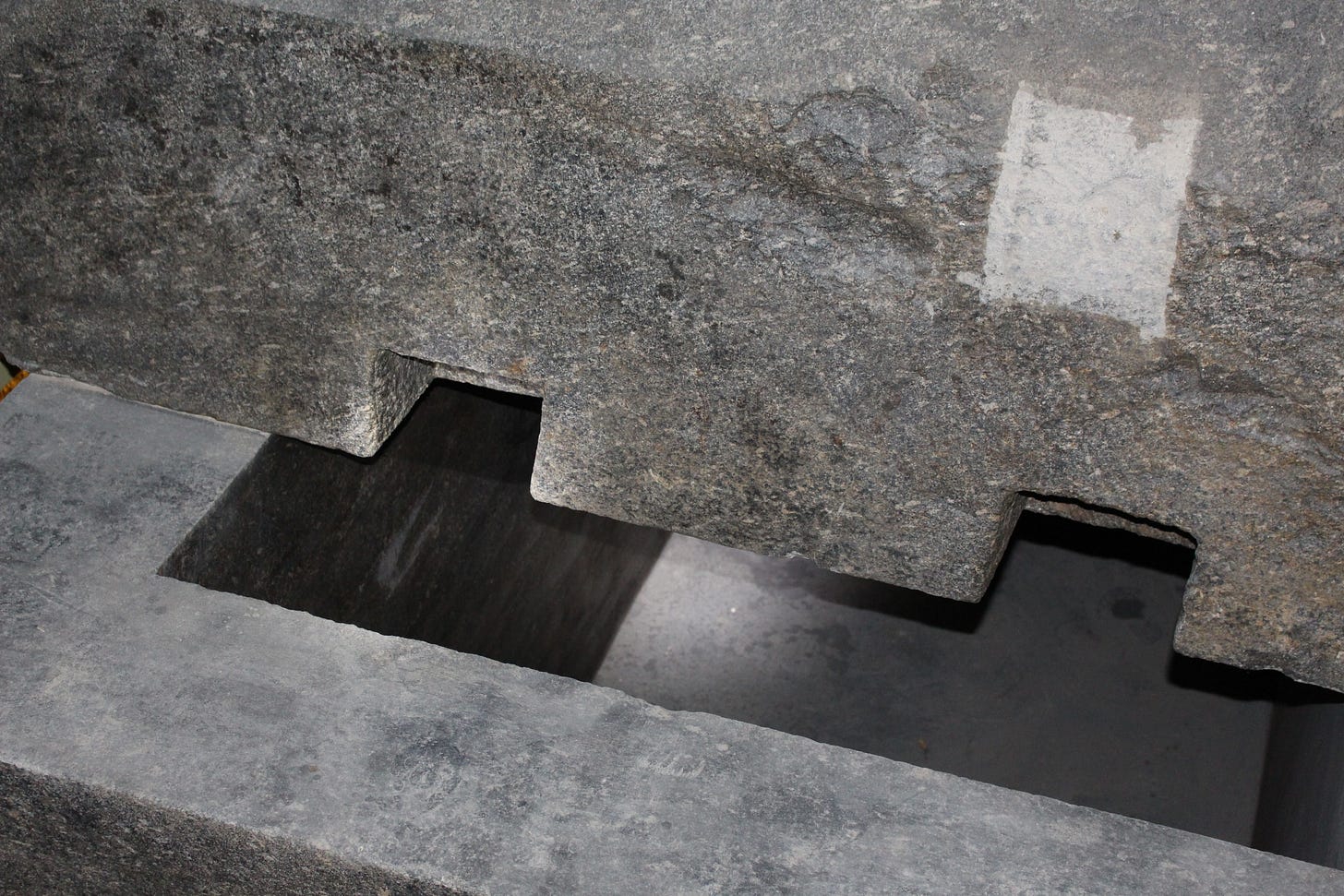
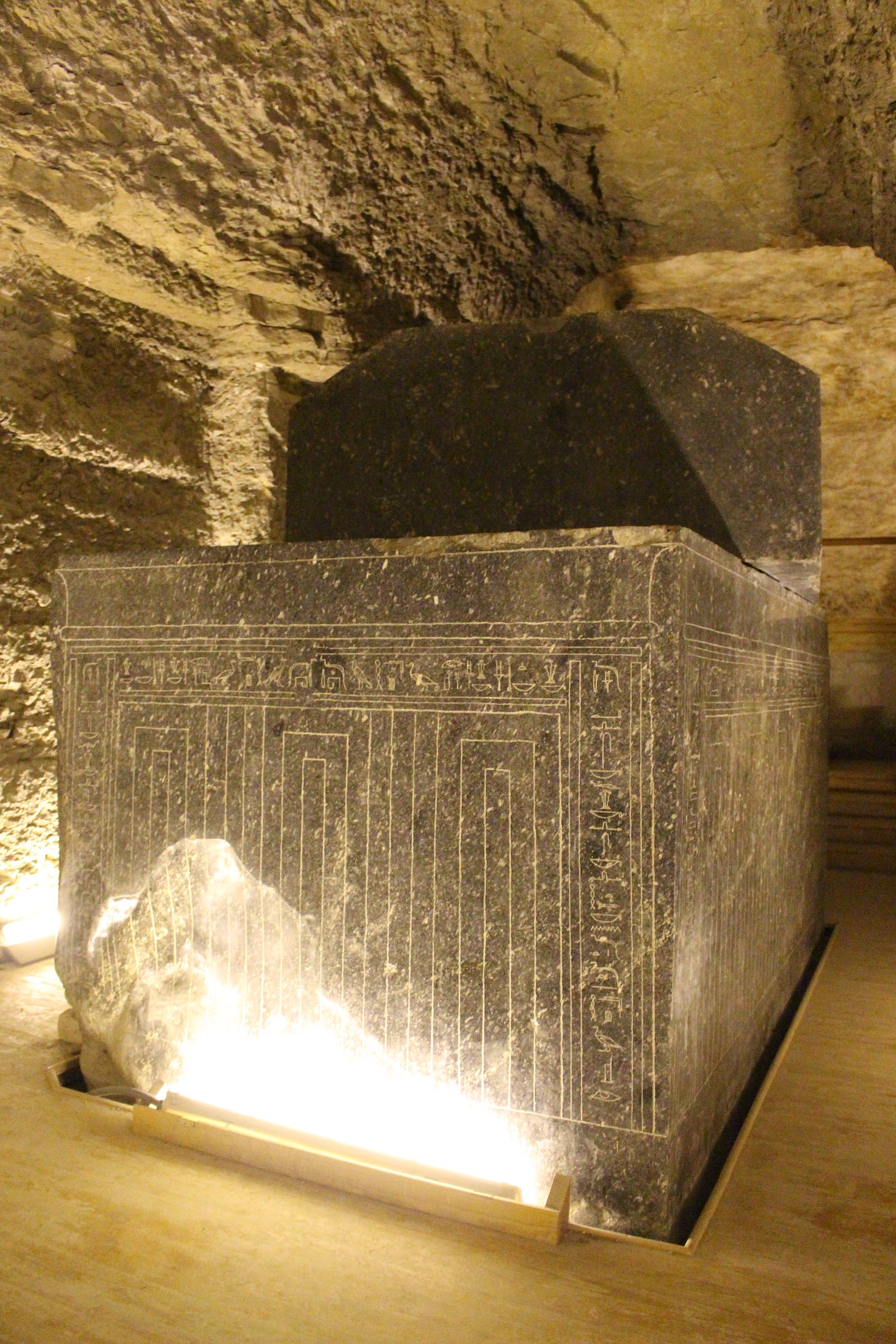
Interesting observations Alex